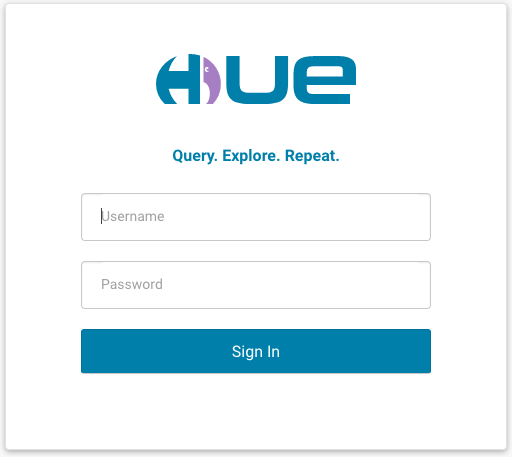Any feedback or question? Feel free to comment here or on @gethue!
helm repo add gethue https://helm.gethue.com
helm repo update
helm install gethue/hue
 Instructions for the next steps are displayed on the screen. Then you can also read more in the [Helm repo][6].
Hue is also listed in the [Helm catalog][7]:
Instructions for the next steps are displayed on the screen. Then you can also read more in the [Helm repo][6].
Hue is also listed in the [Helm catalog][7]: